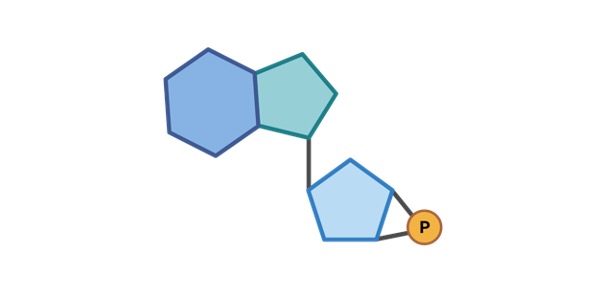Table of Contents
Prostaglandin Definition
Eicosanoids are a class of eicosanoids that are structurally defined as 20-carbon unsaturated fatty acids with a five-carbon ring and are highly effective mediators of a wide range of physiological activities. The word eicosanoid refers to substances produced from arachidonic acid or other polyunsaturated fatty acids with a 20-carbon chain length. (1) eoxins, (2) leukotrienes, (3) lipoxins, (4) prostacyclin, (5) prostaglandins, (6) resolvins, and (7) thromboxanes are some of the most well-known eicosanoids.
What is Prostaglandin?
Prostaglandin is an eicosanoid produced by the cyclooxygenase pathway from unsaturated 20-carbon fatty acids like arachidonic acid. Prostaglandin is made from arachidonic acid by cyclooxygenase, which creates cyclic endoperoxides (PGG2 and PGH2), which can be converted to prostacyclin or thromboxanes as well as prostaglandins.
Its name comes from the prostate gland, which was considered to be the tissue that produced prostaglandins when they were first found in sperm. It was later discovered that it was generated by the seminal vesicles and a variety of other organs.
Types of Prostaglandin
There are numerous types of prostaglandins, each of which is identified by adding a letter to the end of the name, ranging from A to I, to identify the kind of substituents present on the hydrocarbon skeleton. The number of double bonds in the hydro-skeleton is indicated by a subscript, such as 1, 2, 3…
Prostaglandins produced naturally have two double bonds and are made from arachidonic acid (5, 8, 11, 14 eicosatetraenoic acid). The 1- and 3-series fatty acids have one fewer double bond (8, 11, 14 eicosatrienoic acid) or one more double bond (5, 8, 11, 14, 17 eicosapentaenoic acid) than arachidonic acid and are generated in the same process.
Prostaglandin Function
All prostaglandins work by inducing an increase in the intracellular second messenger cyclic AMP by attaching to particular cell surface receptors (and in some cases, cyclic GMP also). The cyclic aMP rise has a different effect depending on the cell type. There is also a positive feedback effect in some situations.
Increased cyclic AMP stimulates prostaglandin production, which leads to even more cyclic AMP. Prostaglandins are powerful mediators of a wide range of physiological activities. They have a role in smooth muscle contraction. They also play a role in inflammation and body temperature regulation.
They have a number of essential roles in regulating cellular processes, particularly in the inflammatory response, where they can serve as vascular vasodilators, induce vasoconstriction or vasodilation in conjunction with bronchodilation in the lungs, and operate as hyperalgesics.
Because prostaglandins are rapidly destroyed in the lungs, they do not survive in the circulation. Prostaglandin E2 (PGE2) stimulates the synthesis of cyclic AMP by acting on adenylate cyclase. It has different effects depending on the receptor it stimulates. When PGE2 attaches to prostaglandin E2 receptor 1 (EP1), it causes smooth muscle contraction in the gastrointestinal tract, but when it binds to prostaglandin E2 receptor 2 (EP2), it causes smooth muscle relaxation.
Prostaglandin D2 and F2α are two more kinds of prostaglandins that are naturally generated. Mast cells generate prostaglandin D2 (PGD2), which primarily recruits Th2 cells, eosinophils, and basophils. F2α (PGF2α) is a prostaglandin that has a role in uterine contraction and bronchoconstriction. Prostaglandins are frequently referred to as tissue hormones because of their hormone-like action.
Prostaglandin Citations
- Prostaglandin FP receptor antagonists: discovery, pharmacological characterization and therapeutic utility. Br J Pharmacol . 2019 Apr;176(8):1059-1078.
- Aspects of Prostaglandin Glycerol Ester Biology. Adv Exp Med Biol . 2019;1161:77-88.
- Prostaglandin Total Synthesis Enabled by the Organocatalytic Dimerization of Succinaldehyde. Chem Rec . 2020 Sep;20(9):936-947.







